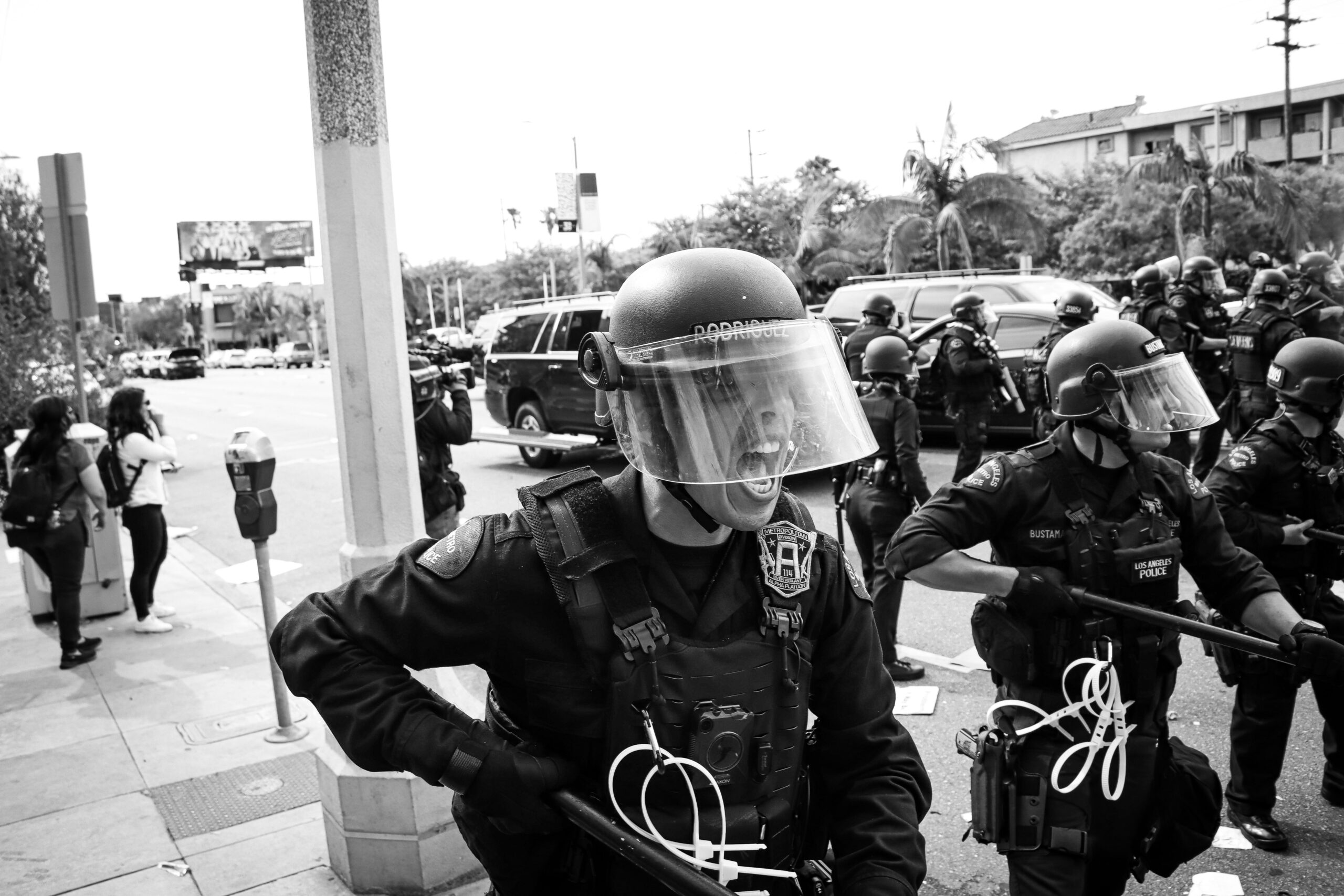
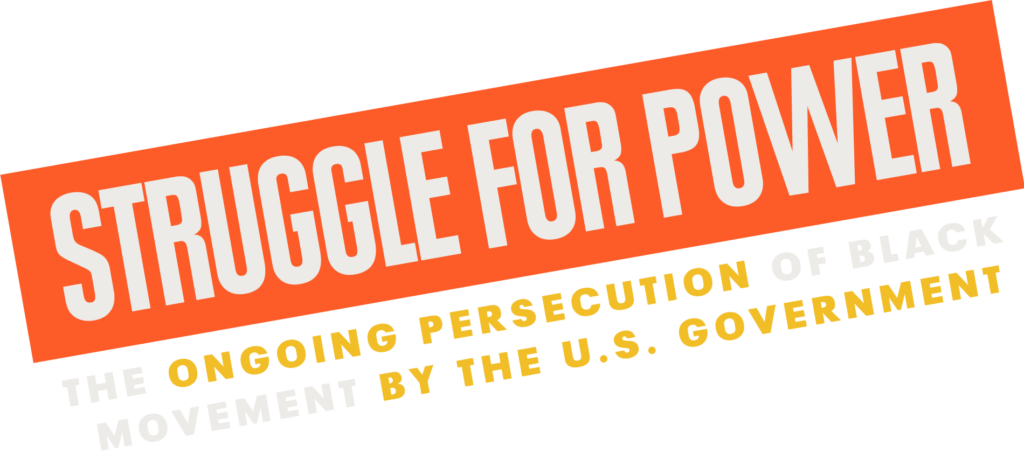
This report details how the federal government deliberately targeted supporters of the movement to defend Black lives during the summer of 2020 uprisings in order to disrupt and discourage Black organizing
ABOUT THE REPORT
In response to concerns about the use of federal criminal charges against protesters supporting racial justice and the movement to defend Black lives during the summer 2020 uprisings, Movement for Black Lives (M4BL) tasked one of its partner legal organizations, the Creating Law Enforcement Accountability & Responsibility (CLEAR) clinic, to analyze and document this nationwide trend.
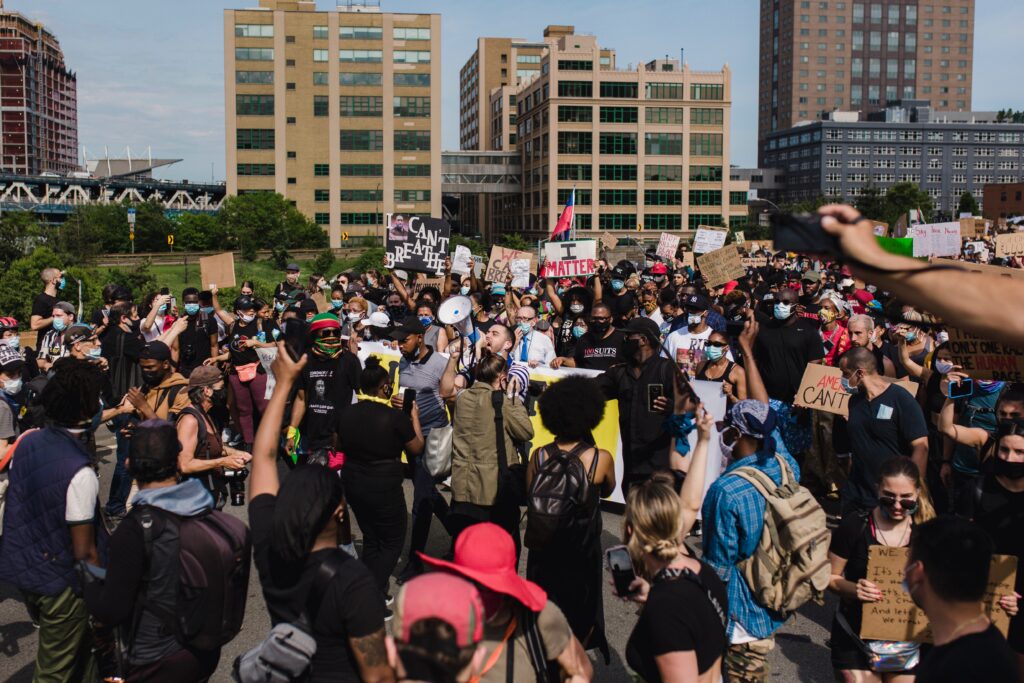
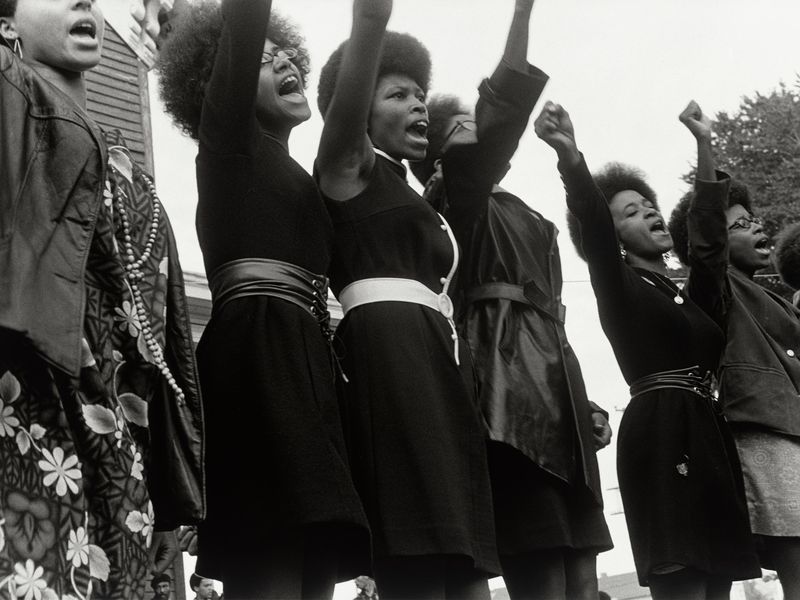
M4BL and CLEAR recognize the long history of government surveillance and targeting of Black-led movements, including but not limited to such programs as COINTELPRO, which was deployed to disrupt the work of the Black Panther Party and other organizations fighting for Black liberation in the United States.
Acknowledging this lineage, this report analyzes the 326 criminal cases filed by U.S. federal prosecutors over alleged conduct related to the uprising and protests in the wake of the murder of George Floyd, from May 31, 2020 to October 25, 2020.
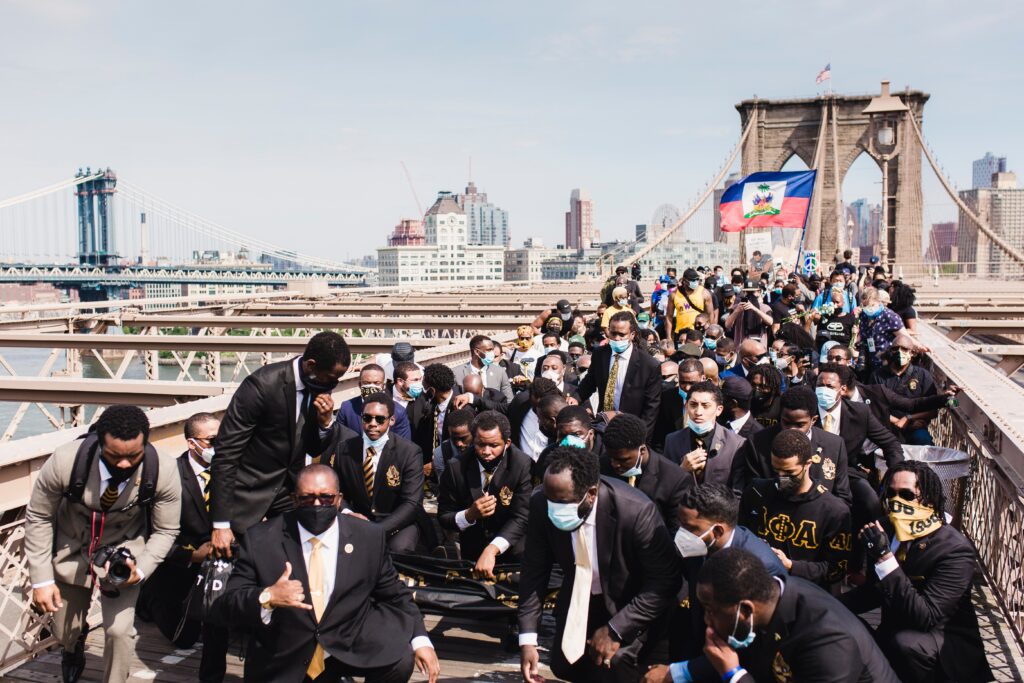
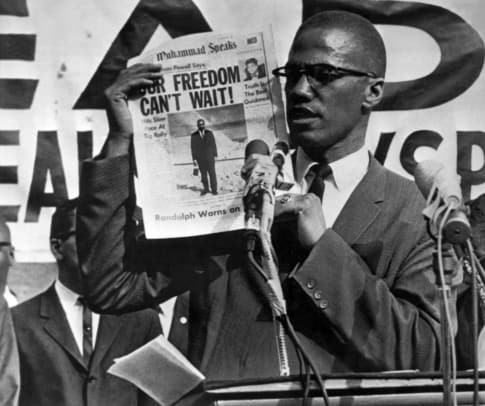
The empirical data and findings in this report largely corroborate what Black organizers have long known intuitively and from lived experience about the government’s disparate policing and prosecution of racial justice protests and related activity.
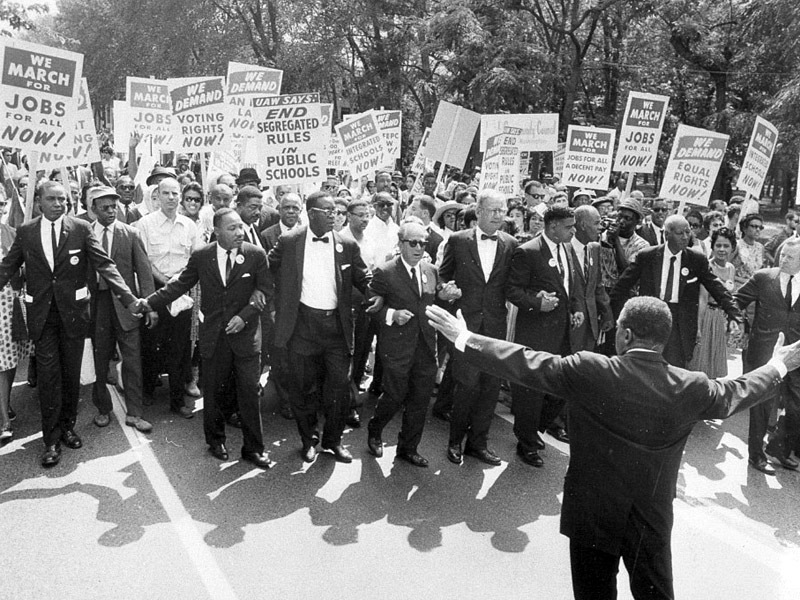
A History of Black Persecution
by the federal government:
In the fight for
Black self-determination,
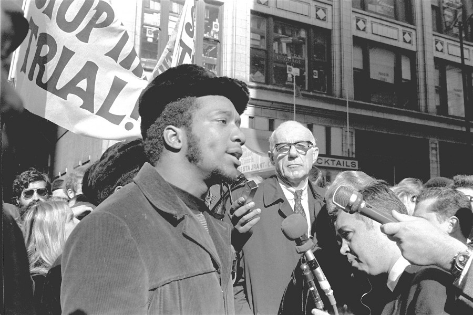
…power, and freedom in the United States, one institution’s relentless determination to destroy Black movement is unrivaled—the United States federal government.
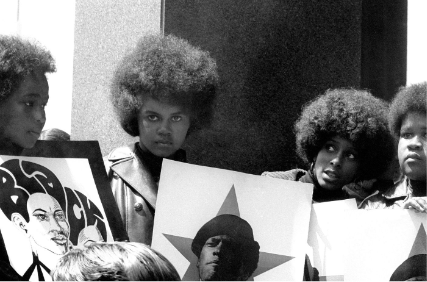
Black resistance and power building threaten the government’s economic interests and white supremacists’ agenda of upholding the existing social order. Throughout history, when Black social movements attract the nation’s or the world’s attention or fight our way onto the nation’s political agenda, we’re disparaged, cast as villains in the story of American prosperity, persecuted, and forced to defend ourselves and our communities against police, anti-Black policymakers, and U.S. armed forces.
1910
For more than a century, the U.S. federal government has either disregarded or attempted to suppress Black social movements to control Black mobility and quell collective action and power. In 1910, just two years after the Bureau of Investigation (BI) was created, (the “federal” was added in 1935) there was a series of brutal lynchings across the country. Under the direction of the White House and Department of Justice, the agency refused to investigate the violent murders claiming they had “no authority… to protect citizens of African descent in the enjoyment of civil rights generally.”
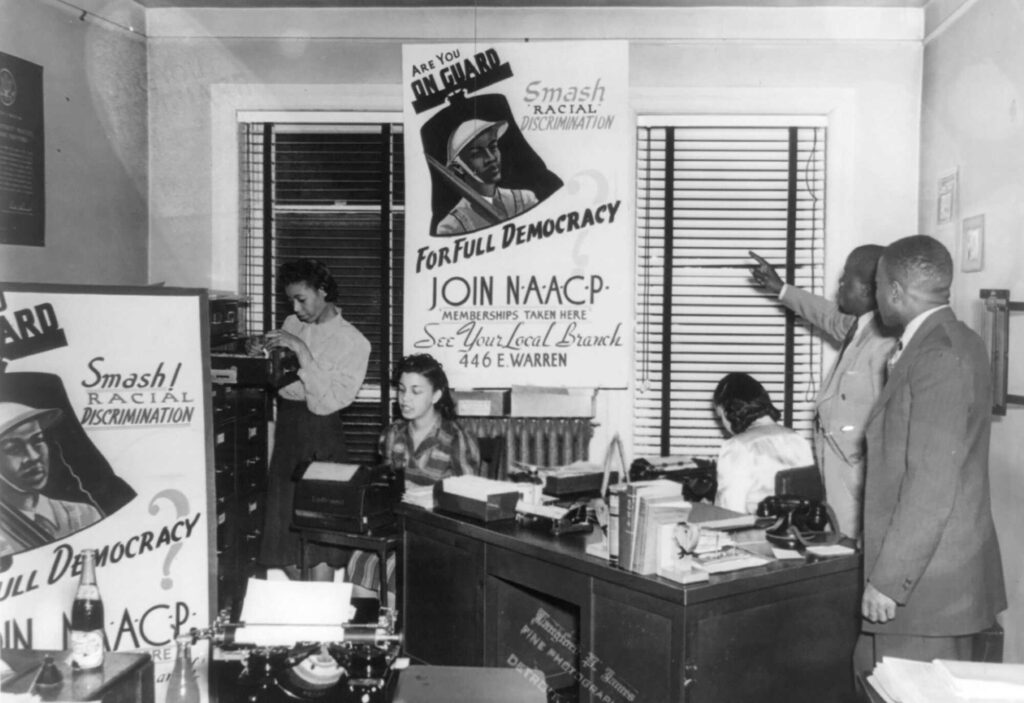
1963
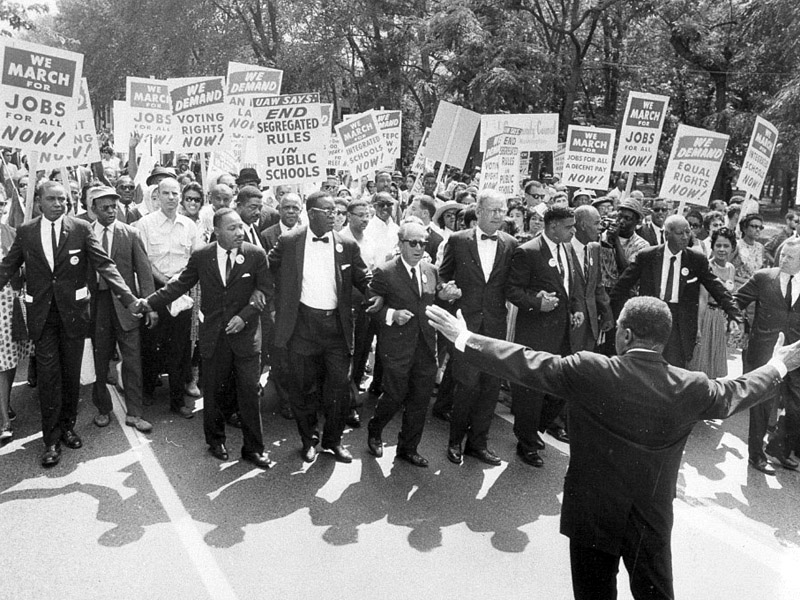
53 years later, in the summer of 1963, after brutal attacks on Southern organizers for Civil Rights, 250,000 people were organized to Washington D.C. for the March on Washington for Freedom and Jobs—a massive mobilization that demonstrated the power and influence of the Civil Rights movement. Shortly after, FBI director J. Edgar Hoover ratcheted up the surveillance and interrogation of Black movement leaders such as the Black Panther Party, Fannie Lou Hamer, Angela Davis, Martin Luther King Jr., and Malcolm X to infiltrate, penetrate, disorganize and disrupt the Black movements for rights, power, and freedom and preserve the established white supremacist’ order.
1969
To Hoover, The Black Panther Party for Self-Defense was “the greatest threat to the internal security of the country.” The FBI’s COINTELPRO program targeted Chairman Fred Hampton and the Illinois chapter of the party to disrupt and undermine the movement. In December 1969, the Chicago police raided 21-year-old Hampton’s home, murdering him and his defense captain, Mark Clark.
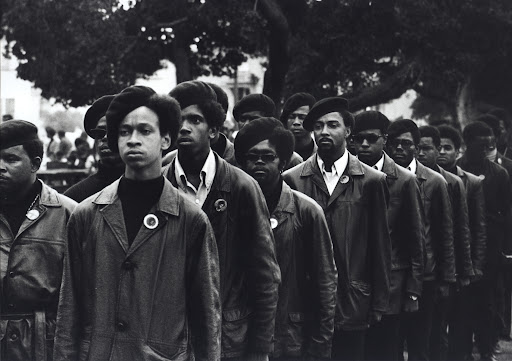
2017
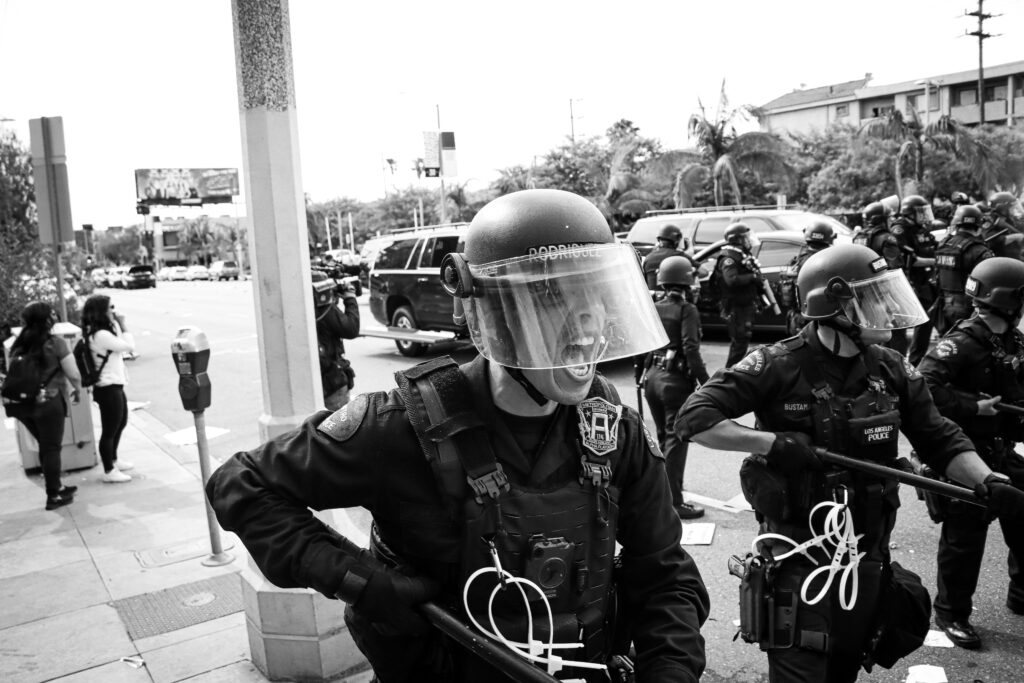
In 2017, the FBI’s Counterterrorism Division invented a brand-new label and a brand-new threat, and designated the movement in defense of Black lives as a new group of domestic terrorists: “Black Identity Extremists,” or BIEs. This broadly categorizes Black activists as threats to national security and justifies surveillance, domination, and punishment.
Over time, strategies for Black resistance adapt to counter the prevailing political and social conditions of white supremacy, domination, and exclusion. Four centuries ago, enslaved Africans on slave ships refused to eat, starving themselves to death rather than be forced into captivity. Slave revolts, boycotts, freedom rides, arming Black communities with guns, and protests have also been used to pave the way for Black sovereignty.
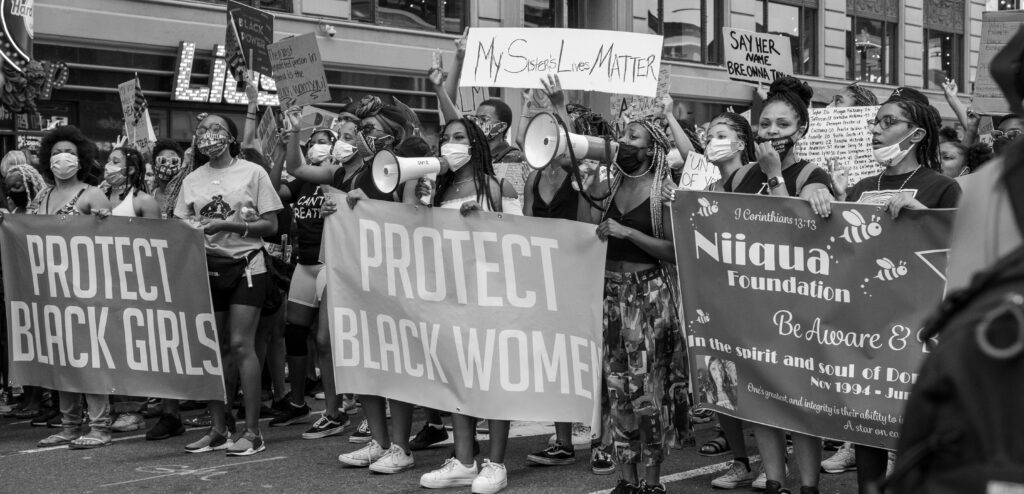
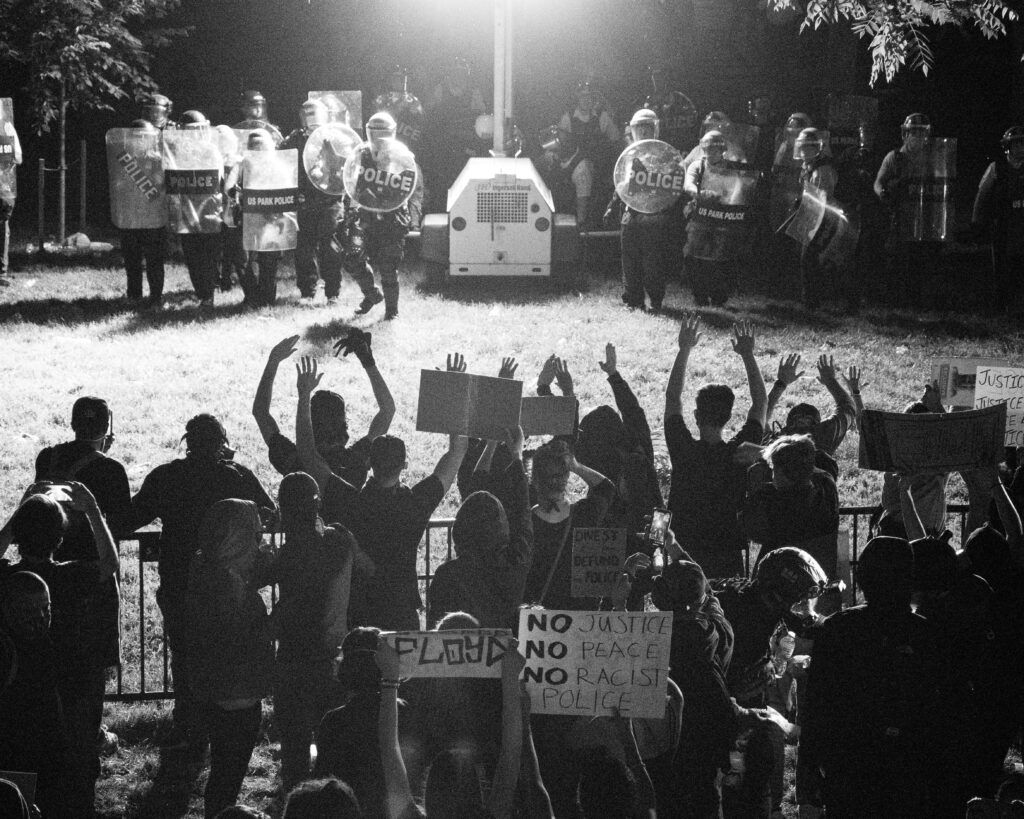
No matter the strategy, the federal government has remained committed to undercutting radical organizers of racial justice and Black power whose insistence on exercising their constitutional rights threatens white Americans’ political and social dominance. Each of these transgressions is a direct response from the U.S. government to the perceived threat of Black power, and for each the government constructed a justification to use their power to surveil, exploit, dominate, or punish, Black freedom movements.
The summer of 2020 uprisings in defense of Black lives followed suit, but also represented a turning point with respect to policing and prosecution. The federal government spread anti-BLM propaganda and cast protestors as “violent radicals” in order to seize power in local communities and charge protestors with inflated federal indictments that carry significantly harsher penalties than local charges.
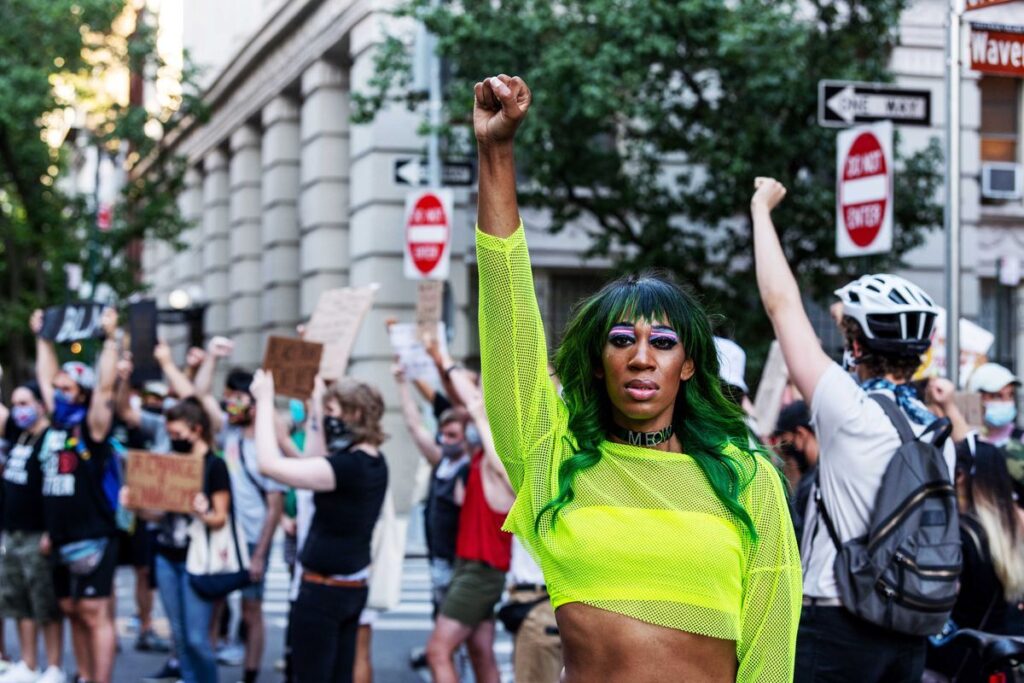
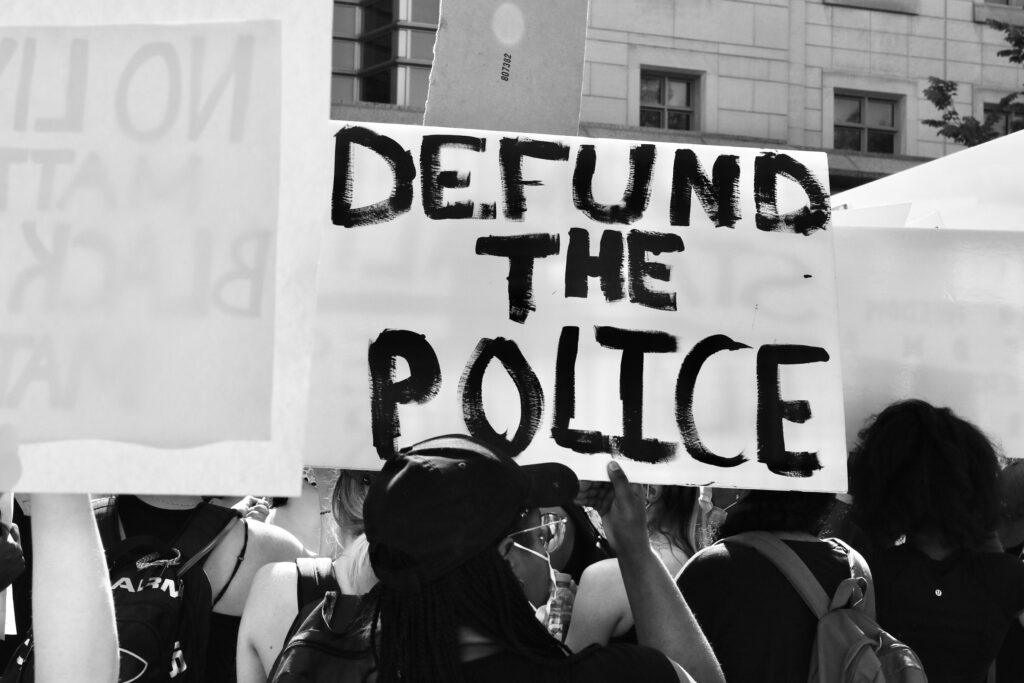
This research continues the work of our fore-elders in documenting our struggle for power, and the massive resources and time the United States federal government spends to destroy our movements for rights, freedom and power.
Each of these transgressions is a direct response from the U.S. government to the perceived threat of Black power, and for each the government constructed a justification to use their power to surveil, exploit, dominate, or punish, Black freedom movements.
Take Action
For a comprehensive framework for a society that values Black lives, repairs past harms, and invests in Black communities, check out the Movement for Black Lives’ Vision for Black Lives policy platform.
Text POWER to 90975
ABOUT THE AUTHORS

The Movement for Black Lives
(M4BL), formed in December of 2014, was created as a space for Black organizations across the country to debate and discuss the current political conditions, develop shared assessments of what political interventions were necessary in order to achieve key policy, cultural and political wins, convene organizational leadership in order to debate and co-create a shared movement wide strategy. Under the fundamental idea that we can achieve more together than we can separately.
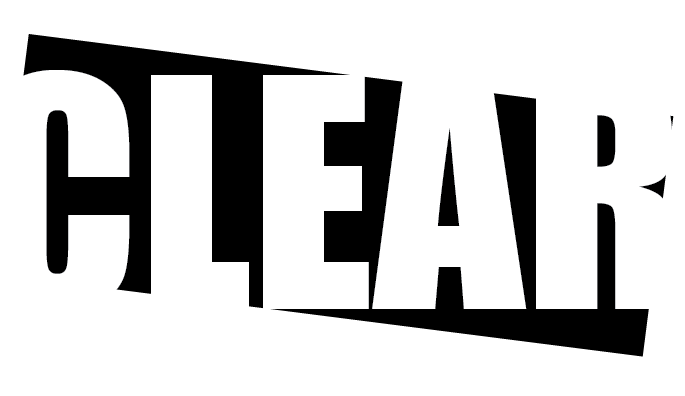
The Creating Law Enforcement Accountability & Responsibility
(CLEAR) clinic is housed at Main Street Legal Services, Inc., the clinical arm of the City University of New York (CUNY) School of Law. CLEAR primarily aims to address the legal needs of Muslim and all other clients, communities, and movements in the New York City area and beyond that are targeted under the guise of national security and counterterrorism. Our work is defined by our relationships with communities and movements whose members wish to transform or abolish the law enforcement policies and practices affecting them. CLEAR’s community-oriented and movement-building approach combines free legal representation with other services directed at meeting the fuller range of client, community, and movement concerns and objectives.

DONATE
If you are called to join us, have an opportunity for aligned funding streams, or wish to make a personal gift, please contact development@m4bl.org to connect.
The Movement for Black Lives is a fiscally sponsored 501c3 at The Common Counsel Foundation.
